Did I ruin my roses when deadheading?
gardenbug
10 years ago
Related Stories

HEALTHY HOMEHow to Keep Water Vapor From Ruining Your House and Your Health
We help you find out when it’s happening, what it means and how to fix it
Full Story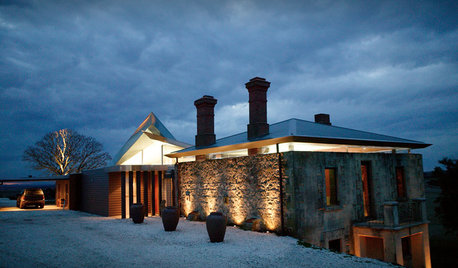
CONTEMPORARY HOMESHouzz Tour: Modern Retreat Emerges From a 19th-Century Ruin
A contemporary country home builds on the remains of an abandoned 1860s homestead
Full Story
DISASTER PREP & RECOVERYRemodeling After Water Damage: Tips From a Homeowner Who Did It
Learn the crucial steps and coping mechanisms that can help when flooding strikes your home
Full Story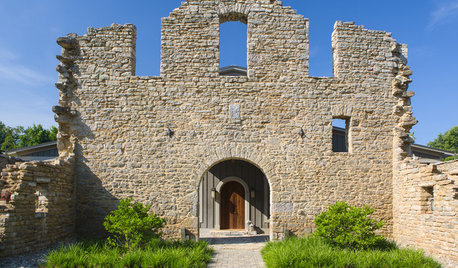
HOUZZ TOURSHouzz Tour: Taking on the Ruins of an 1800s Bourbon Distillery
Crumbling stone walls and wood from former tobacco barns creates a stunning new home amid rolling Kentucky farmland
Full Story
VALENTINE’S DAYTell Us: Why Did You Fall in Love With Your House?
What was it about your house that made your heart flutter? Share your photo, and it could make the Houzz homepage
Full Story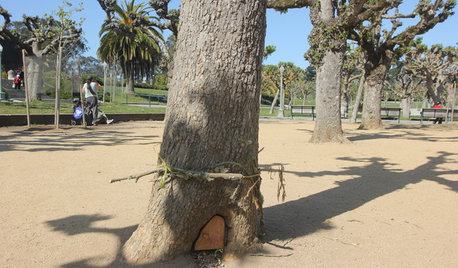
FUN HOUZZDid Elves Make a Home in a San Francisco Park?
Speculation has swirled around a Lilliputian doorway in Golden Gate Park. We give you the true story — and a design dilemma
Full Story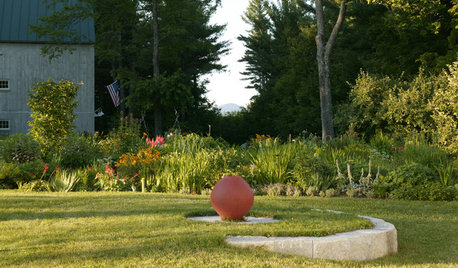
LANDSCAPE DESIGNWhen Less Is Really More in Your Garden
8 ways you can make a powerful garden statement by embracing simplicity and surroundings
Full Story
COLORBathed in Color: When to Use Green in the Bath
Splash some spring-conjuring green paint, tiles or accessories around your bathroom for natural appeal
Full Story
PLANTING IDEASGreat Garden Combo: Rose + Clematis for Small-Space Impact
We all need somebody to lean on. And when a rose supports a climbing vine, the results can totally transform a small garden
Full Story
DECORATING GUIDESBudget Decorator: How to Save When You Don’t DIY
You don’t have to be crafty to decorate your home inexpensively. Here are other ways to stretch your design dollars
Full Story





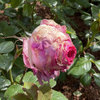

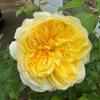
seil zone 6b MI
caldonbeck
Related Professionals
Tempe Landscape Architects & Landscape Designers · Bridgetown Landscape Architects & Landscape Designers · Beavercreek Landscape Architects & Landscape Designers · La Marque Landscape Architects & Landscape Designers · South Elgin Landscape Architects & Landscape Designers · Burlington Landscape Contractors · Cerritos Landscape Contractors · East Chicago Landscape Contractors · Hannibal Landscape Contractors · Methuen Landscape Contractors · North Lauderdale Landscape Contractors · Palatine Landscape Contractors · Rockville Landscape Contractors · Siloam Springs Landscape Contractors · Teaneck Landscape ContractorsgardenbugOriginal Author
nickl
gardenbugOriginal Author
seil zone 6b MI
susan4952
gardenbugOriginal Author
nickl
susan4952
jim1961 / Central Pennsylvania / Zone 6
michaelg
seil zone 6b MI
gardenbugOriginal Author
susan4952
susan4952
jim1961 / Central Pennsylvania / Zone 6
michaelg